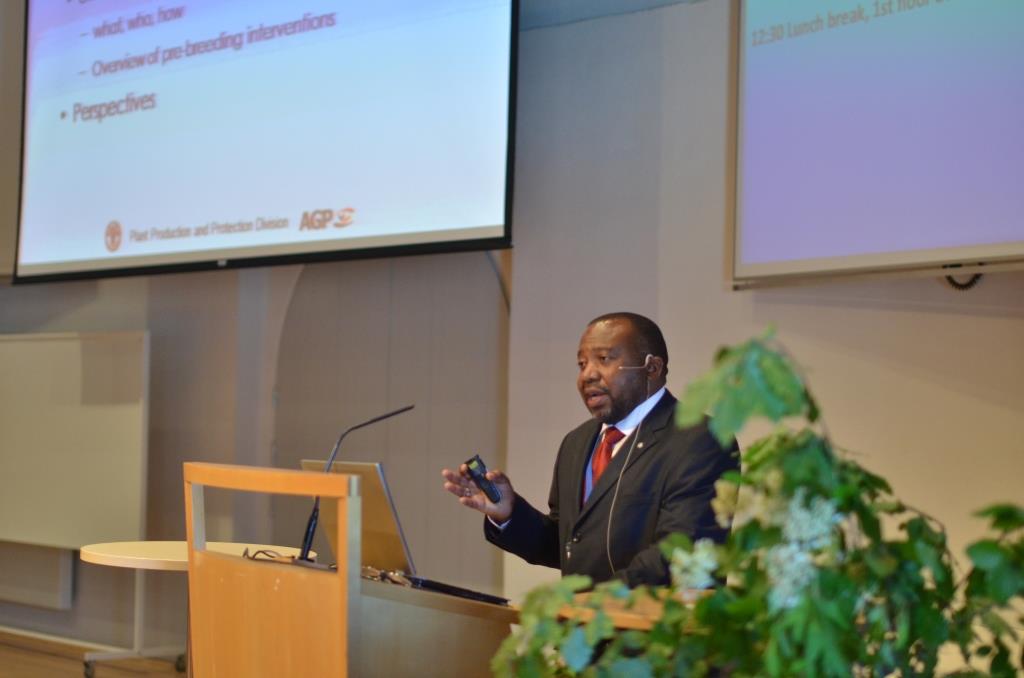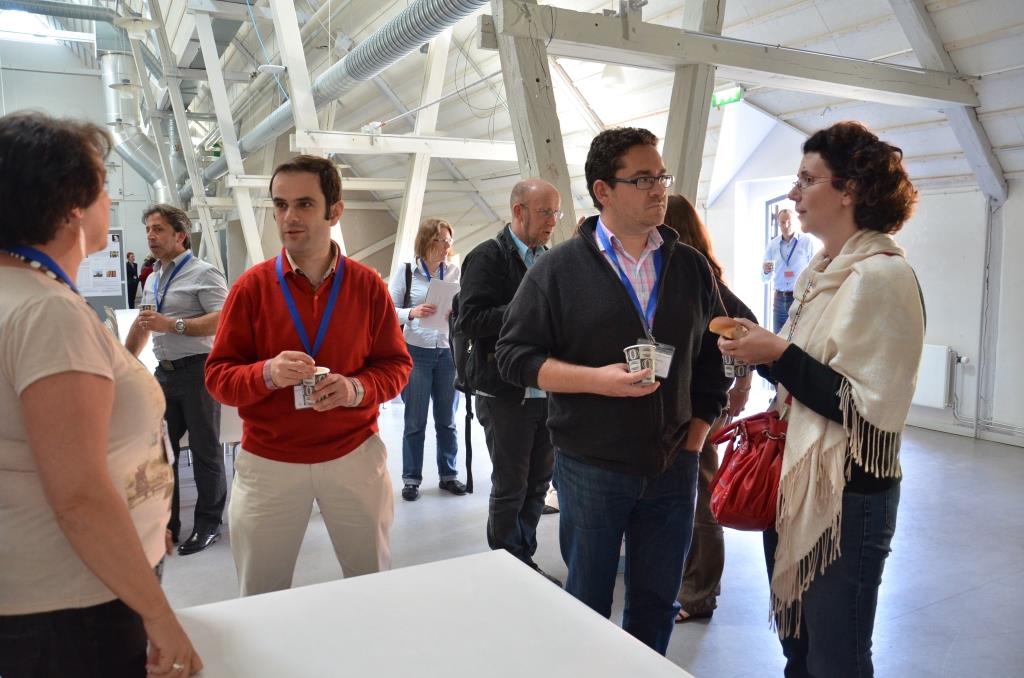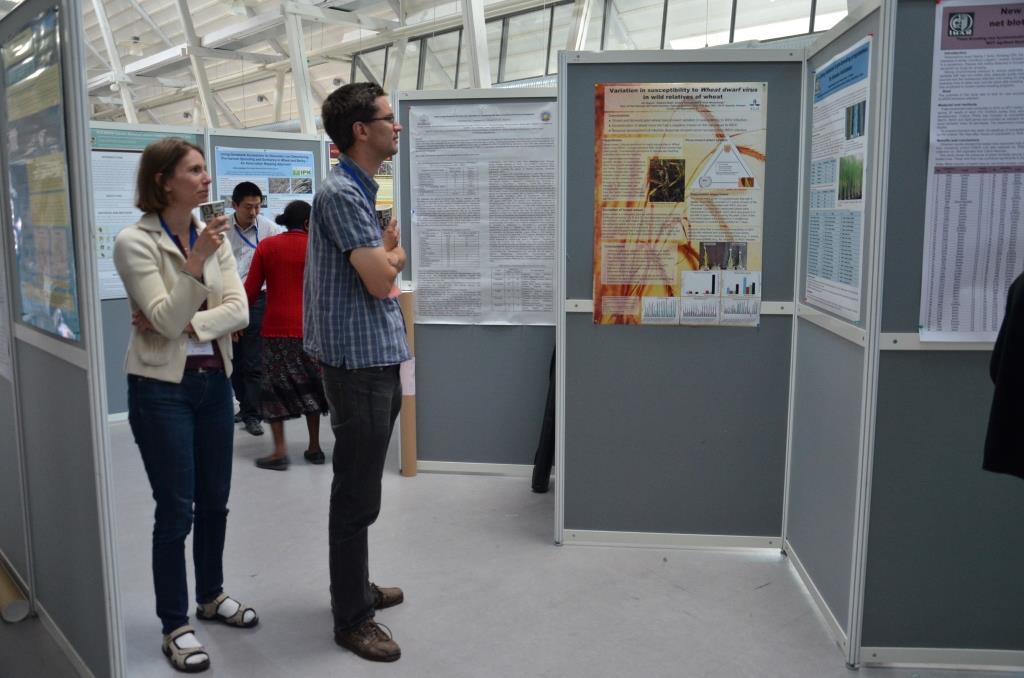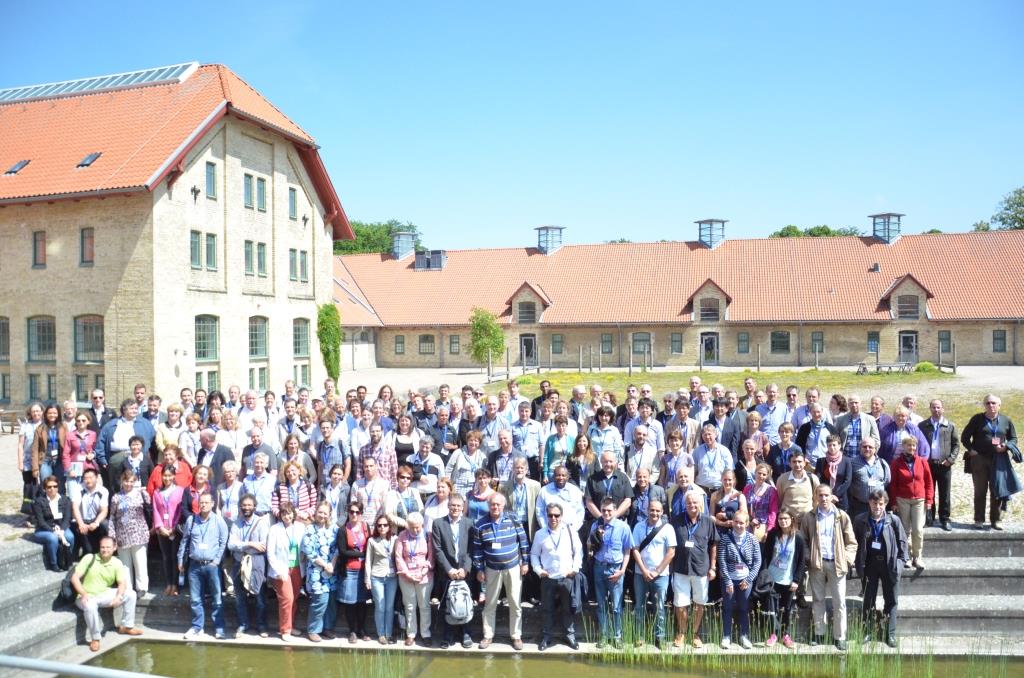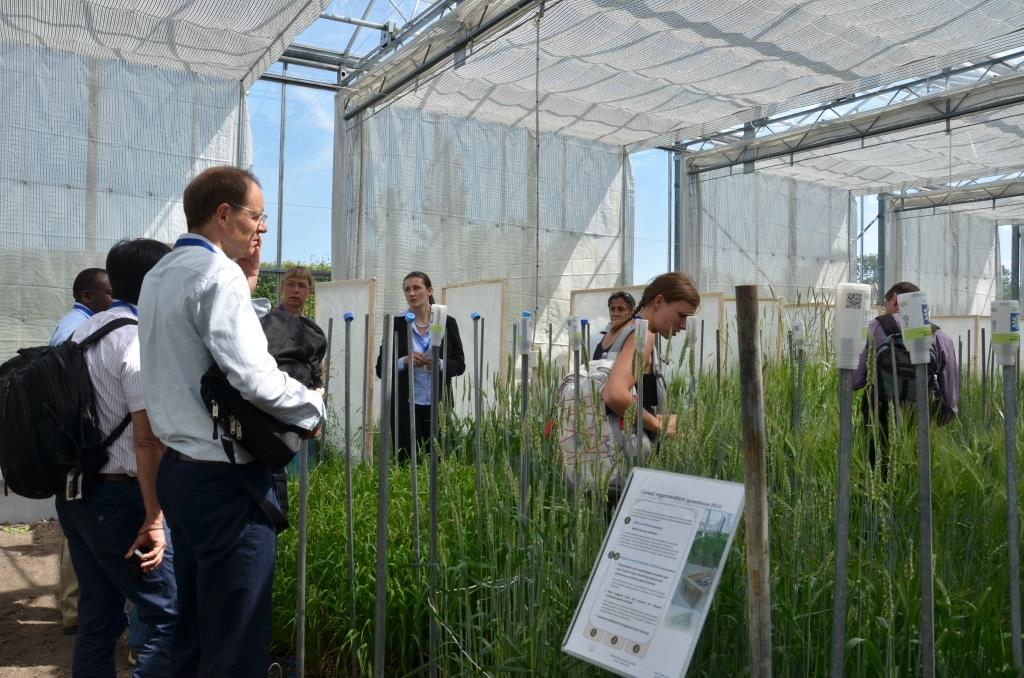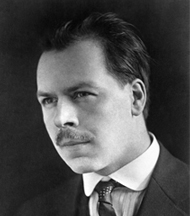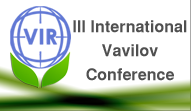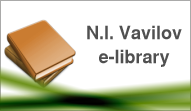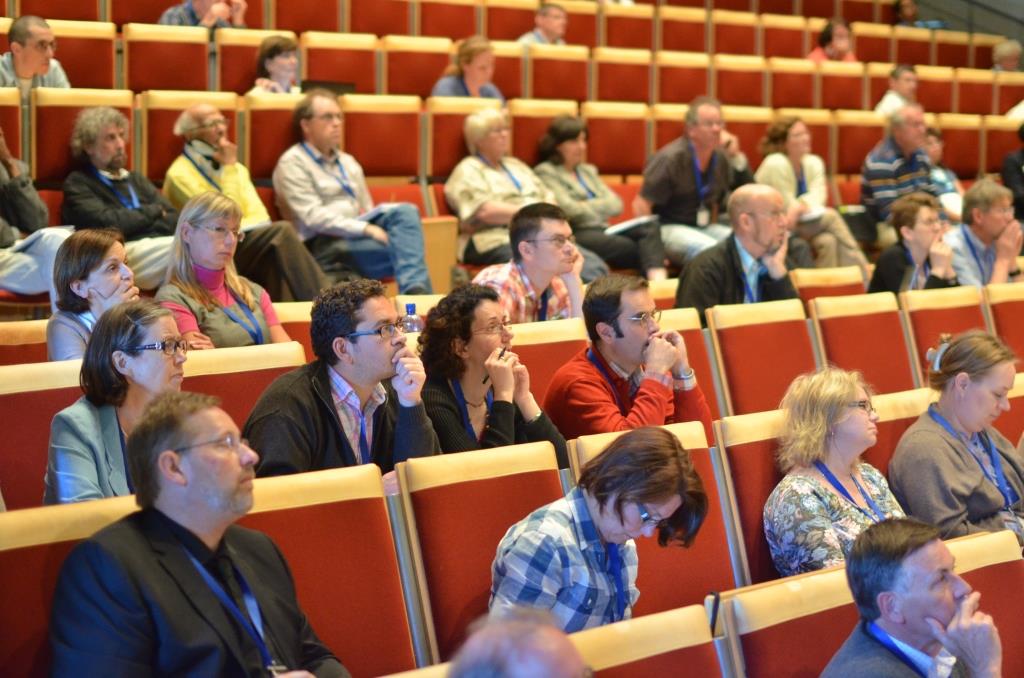
Use of genetic resources gives food for the future
The headline for the EUCARPIA conference 2013 ’Pre-breeding – fishing in the gene pool’ fits well with the challenges of tomorrow for the use of the genetic resources.
Climate changes, sustainability and new global rules for the use of the genetic resources are challenges both for plant breeders, gene banks and the society all over the world.
by Anne Rosengård, tranlated by Jette Nydam
How can the worlds society use our genetic resources the best way compared to the challenges, we are facing? This was one of the headings from the EUCARPIA conference 2013, held from 10-13 June in the Swedish town Alnarp at SLU (Swedish University of Agricultural Sciences). The conference was arranged in cooperation between SLU, POM and NordGen, whom possessed the chairmanship as well.
The conference had more than 180 participants from most parts of Europe, from Africa, South-and North America and Asia. The scientists presented results from their scientific research and discussed challenges and solutions. During the three days the conference dealt with various topics like food security, nutrition and health, wild crop relatives in interaction with climate change and agriculture, public private partnership, the use and development of the genetic resources as well as ownership to the genetic resources.
Rodomiro Ortiz, professor for Genetics and Plant Breeding at SLU, worked during the conference as chair of the scientific committee. During the conference he found time for saying a few words about the purpose. “One of the biggest challenges is to explore how to use all the tools, we have obtained during the last years in connection with breeding and how to use all the available data. Breeding takes a long time, nothing happens overnight. Both investments and a fruitful scientific climate are needed. At the same time we are facing the climate changes. How do we produce crops in the future, that can resist the climatic changes, we are facing?” the professor asked.
Not sexy
He was pleased that so many persons were gathered together at Alnarp at his university. But he also at the same time complained, that people in general, the citizens, have so little engagement in and understanding of what gene banks, genetic scientists, the agriculture and breeding companies etc are working with. He was asked if the citizens would understand the title of this conference. “No”, he said and added: “What we are dealing with is not sexy. We are missing support to have our messages spread, and here communication is extremely important. The citizens shall understand what we are working with, because at the end this will give a better political respect for our work and also give more financial support to our research. We need humanistic communicators to explain, what we are working with,” Rodomiro Ortiz smiled.
Facts about Svalbard
At the conference oral presentations were given every day and in addition an exhibition of posters was organised, where the different participants could present their research results. In the breaks the exhibition was well visited by the participants, who studied the colourful posters.
At the same time the participants showed a very high meeting discipline in the conference room, where they also could listen to very engaged presentations e.g. about Svalbard the Global Seed Vault. Ola T. Westengen, NordGen’s coordinator for communication gave a lot of facts in a short and concentrated presentation. 53 gene banks have copies of material stored at Svalbard, the gene bank contains today more than 780.000 samples. It cost 48 million Norwegian kroner to build the gene bank, and it costs around 300,000 US $ or about 1.8 million Norwegian kroner in yearly expenses. The gene bank was officially opened in February 2008.
Good buy
As chair of the scientific committee professor Rodomiro Ortiz rounded off with the conclusion that the questions through the conference were, how can the world use the genetic resources better, how to identify methods to optimize the situation for pre-breeding and breeding, and how to initiate the cooperation between private and public investors within research. He finished by saying ”Tack så mycket!”


